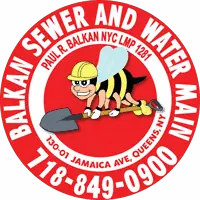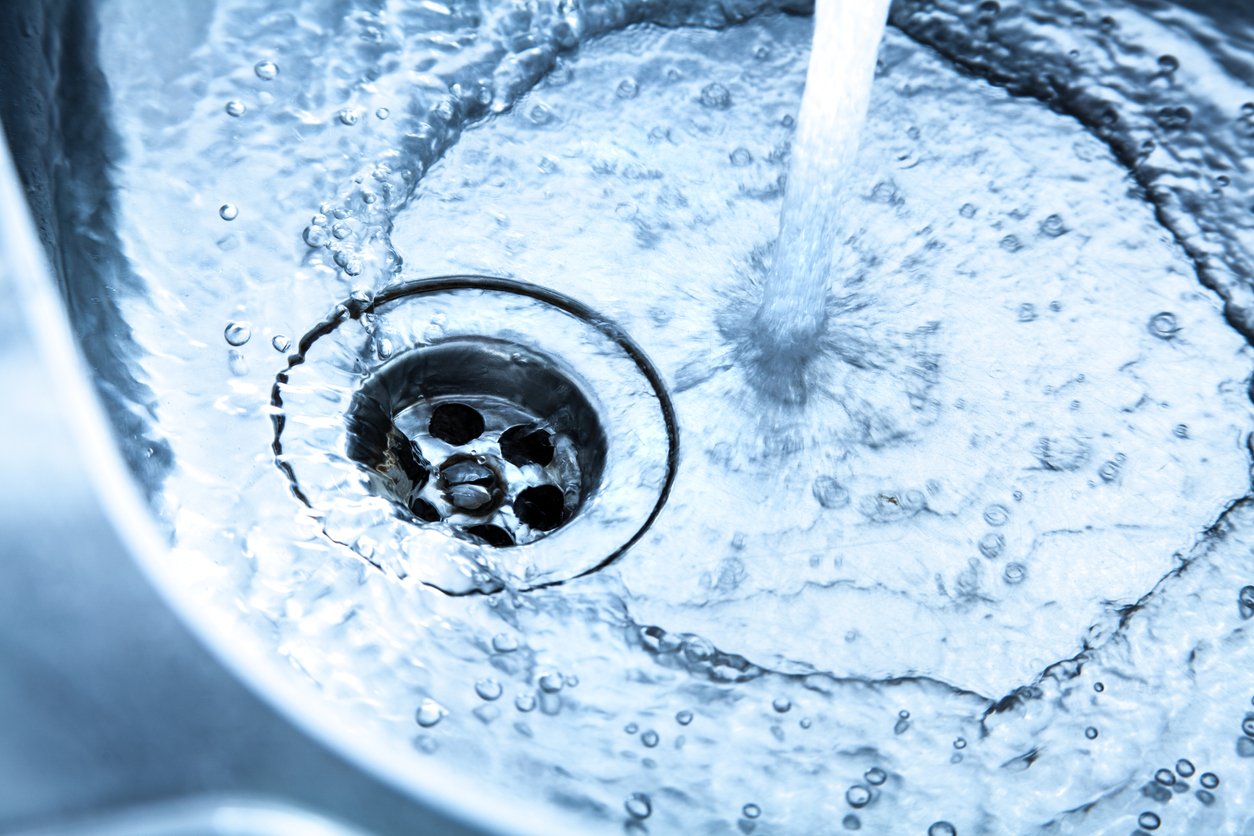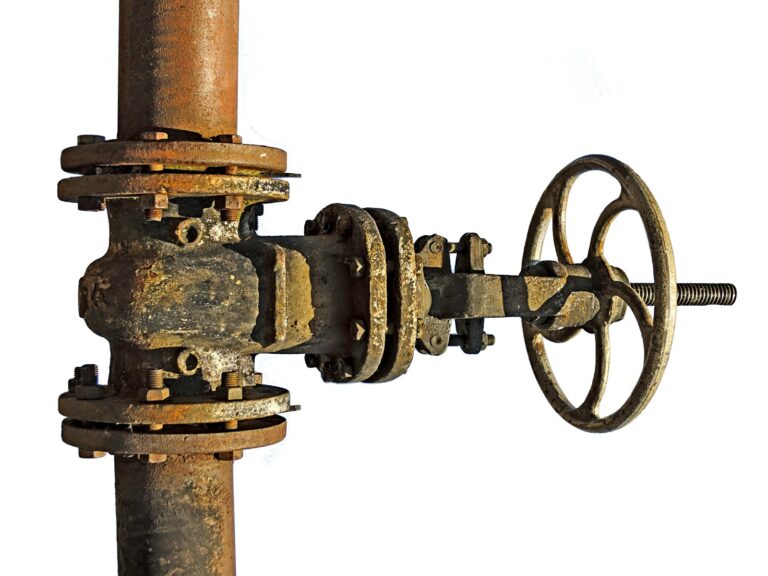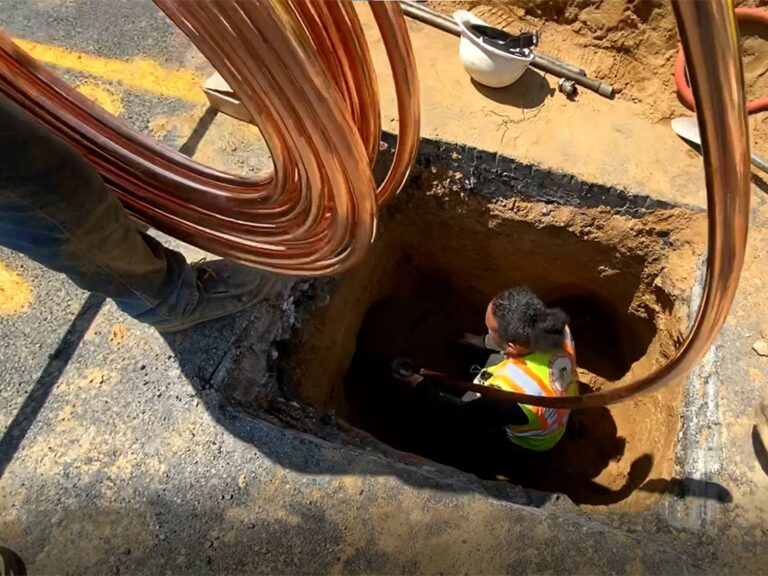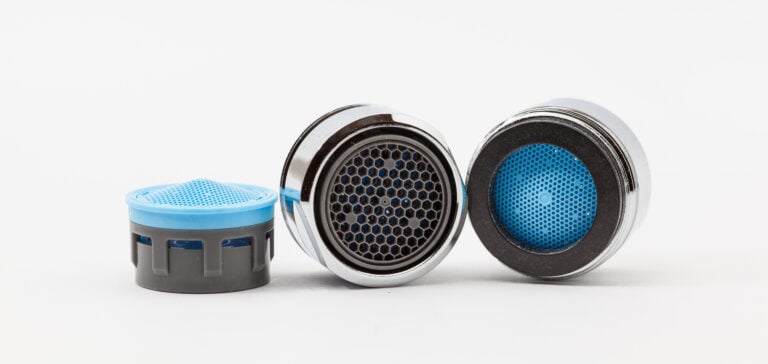If you’re dealing with low water pressure in your home, it’s time to take action. Low water pressure presents a quality of life issue, and can even affect the value of your property. Low water pressure is never a self-curing issue! With that being said, fortunately, there are steps you can take to increase water pressure in your home. With the right knowledge and tools, you can find the cause of low water pressure and take steps to correct it.
How to Increase Water Pressure and Causes of Low Water Pressure
To understand water pressure, it is first necessary to understand hydrostatic pressure. Hydrostatic pressure is the force per unit area that is exerted by a fluid on an object. This pressure is affected by the density of the fluid and the height of the fluid column. Water pressure can be measured in pounds per square inch (psi).
What is the Average Water Pressure (PSI) in A Home?
The average water pressure in a home is between 40 and 60 psi. Most homeowners prefer water pressure to be closer to 50 psi. This allows for adequate water flow and performance throughout their homes. However, some homes may have water pressure that is below or above this range. If the water pressure in your home is too low, you may need to increase it.
There are many reasons why water pressure may be low in your home. The most common causes of low water pressure include:
- Leaking water pipes or clogged pipes
- Malfunctioning pressure regulator or valve
- Restricted water supply due to a blockage in the main line
- Broken water pressure tank
- Added plumbing fixtures, which make the existing plumbing inadequate
Factors Affecting Water Pressure
Several factors can affect the pressure of your water. To increase water pressure, you can do the following:
- Inspect and clean the aerator: The aerator is the small screen at the end of each faucet that mixes air and water, which helps regulate water pressure. If the aerator is clogged with mineral deposits, it can reduce water flow and pressure. Cleaning each aerator monthly to avoid this issue. In the case of shower heads, the aerator can get clogged with mold because many shower heads are not self-draining. So, therefore, cleaning the strainer or water restrictor is also a good way how to increase water pressure in your shower.
- Check for clogs: Clogs can form anywhere along the pipes in your home, including the main water line and the smaller pipes that lead to individual faucets. Blockages can even occur inside your water meter itself. If a clog is blocking the flow of water, it will reduce the pressure.
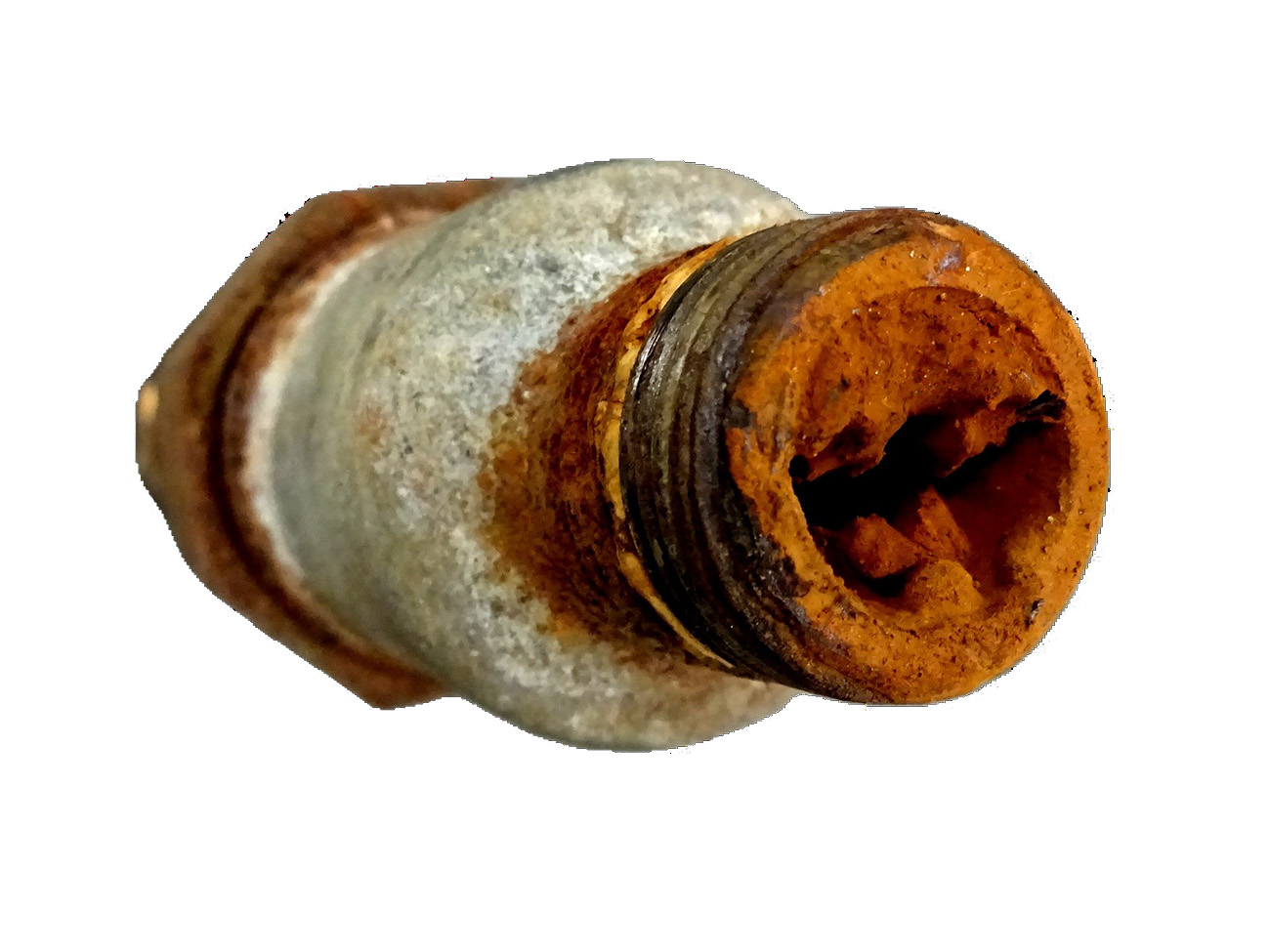
One Clogged Pipe Can Destroy Water Pressure In An Entire Building
- Investigate the water supply line: If your home has an older, galvanized steel pipe for the water supply line, the corrosion caused by the minerals in the water can reduce pressure. Replacing these types of pipes with modern plastic or copper piping (it depends on your local plumbing code) can restore pressure.
- Install a pressure regulator: If all of the above steps fail to increase water pressure, you may need to install a pressure regulator. This device can be adjusted to increase the pressure of your water.
Increasing the water pressure in your home can improve the overall flow of water, making it easier to use plumbing fixtures and appliances. It can also reduce the amount of time it takes to fill a bathtub or run a dishwasher. If you suspect that any of the above issues are causing your low water pressure, it is important to have them addressed as soon as possible.
Why Should You Care About Low Water Pressure?
Low water pressure can be an indication of a wide range of potential problems, including low quality or insufficient water supply. Water pressure issues can also be indicative of blockages or breaks in pipes, or the presence of air bubbles in the water. To ensure that your home is receiving a consistent and adequate supply of clean, healthy water, it is important to understand the causes and effects of low water pressure.
Low water pressure can have many negative effects:
- Reduced water flow can lead to poor performance of household appliances, such as dishwashers and washing machines.
- Low pressure can also cause water to back up in sinks, bathtubs, and showers, leading to the risk of flooding.
- Low pressure can also cause clogs in the pipes, leading to further problems.
- Reduced water pressure can also mean that more energy is needed to pump the water, resulting in higher utility bills.
- Low pressure can also lead to poor water quality, as the water may contain contaminants, bacteria, and other impurities.
- Having low water pressure can also lead to unexpected water temperature changes. This can lead to scalding and burns.
In addition, low water pressure can lead to a decrease in the value of your property. When it comes time to sell, home buyers may be hesitant to purchase your property if water pressure is below their expectations. This can lead to a lower sale price and less money in your pocket. By taking steps to increase water pressure, you can help ensure that your property maintains its value and that you have the performance you need in your home.
It is important to address the issue of low water pressure as soon as possible to avoid potential damage to your home and health. If you suspect your home is suffering from low water pressure, contact a professional plumber to inspect the system and identify any potential issues.
What Should You Look into to Increase Water Pressure?
First, check to see if there are any leaks in your plumbing. Even a small leak can cause a drop in water pressure. Once you have repaired any leaks, flush your pipes to remove any built-up debris that might be restricting the flow of water. A second vital and overlooked step is making sure that all water valves are fully open. Another way to improve water pressure is by installing a booster pump. This type of pump can increase water pressure by drawing water from a storage tank and pushing it through the pipes at a higher velocity. Both residential and commercial properties can use water-pressure booster pumps.
If you’re looking to increase water pressure in your home, it’s essential to first find the cause of the problem. A professional plumbing service can help you identify the root cause of your low water pressure and recommend solutions for correcting the issue. When you increase your water pressure, you may end up decreasing the amount of water needed to fill your needs.
Ways that increasing the water pressure improves the quality of life in your home:
- Higher water pressure increases flow and reduces waste. This means you can fill a bathtub faster, or run a dishwasher in less time.
- Higher water pressure helps prevent mineral deposits from accumulating in pipes and fixtures.
- Increased water pressure can also reduce the risk of clogged pipes, preventing costly damage to your plumbing system.
- Higher water pressure can also help to reduce noise from plumbing fixtures, such as a dripping faucet or running toilet.
- Increasing the water pressure can also improve the taste of drinking water, as it can remove unwanted sediment and other impurities.
- Increasing water pressure can lead to faster showers, which can save time, energy, and water.
What Can You Expect From a Plumbing Service?
Calling a professional plumbing service when you need to increase the water pressure in your home is a smart move. A plumber can assess the cause of low water pressure and determine the best course of action to restore it. A professional plumber should check all valves and pipes, as well as the sizing and material of your water distribution system. A trusted professional plumber will only advise you of the work needed after a careful evaluation. This often includes a pressure test with the water off, and with flow inside the pipes.
Here are some of the services you can expect from a plumbing company when you need to increase water pressure:
- Check the overall condition of your plumbing system. This includes inspecting pipes, hoses, as well as other components for signs of wear or damage.
- Check the water pressure regulator. This device is used to control the amount of water flowing through a pipe. A malfunctioning regulator can cause low water pressure, so a plumbing technician will inspect it for damage or malfunctions.
- Check the water pressure in all areas of the home. It could be localized to a certain area or spread throughout the house, which can help pinpoint the cause of the problem.
- Run diagnostic tests on the water supply lines to identify any blockages or leaks that may be reducing pressure.
- Replace any damaged pipes, hoses, or fixtures as needed.
- Perform a thorough cleaning of the plumbing system.
How Team Balkan Can Help You
Team Balkan is a trusted and licensed professional that provides free and no-obligation site visits throughout the NYC area. We understand that low water pressure can be a hassle, and we are here to help you find the best solution for your needs. Contact Team Balkan today to book a free site visit and solve your water pressure issues.
